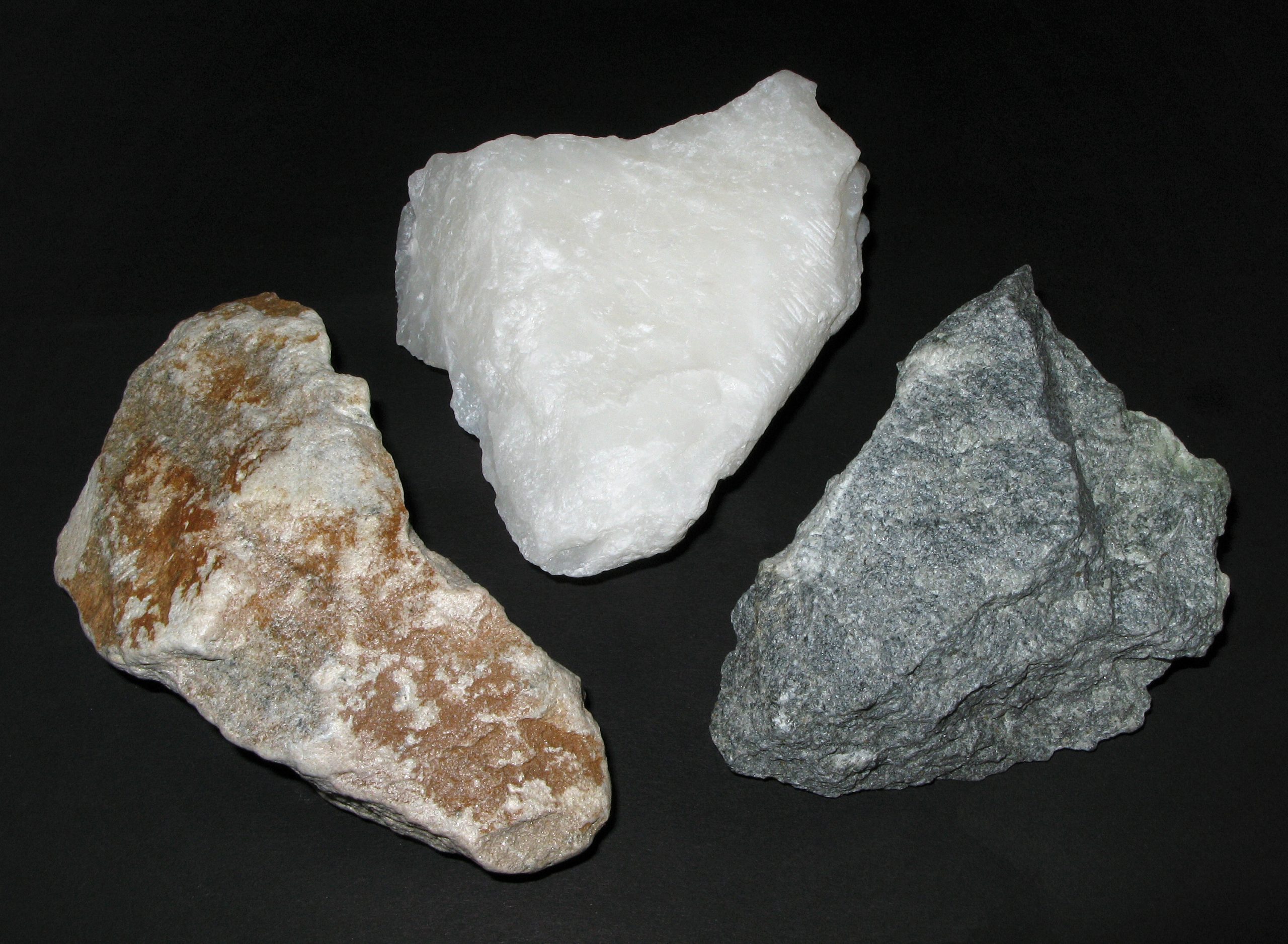Soapstone, a naturally occurring metamorphic rock rich in talc, has long been valued for its softness, smooth texture, and resistance to heat. This versatile mineral finds applications in various industries, from cosmetics and ceramics to construction and pharmaceuticals. But how does raw soapstone transform into the refined product that powers so many industries? This article will explore the intricate process of soapstone extraction and refinement, detailing its many benefits and applications in modern industries.
The Soapstone Extraction Process
1. Mining and Initial Quarrying
Soapstone deposits are primarily located in regions with significant geological activity. In India, soapstone mining is concentrated in states like Rajasthan, Uttarakhand, and Madhya Pradesh, where the deposits are abundant and easily accessible. The process begins with quarrying the raw soapstone, which involves the use of controlled blasting techniques to extract large soapstone blocks from the earth. These blocks are carefully examined to ensure quality and suitability for further processing.
As one of the leading soapstone manufacturers in India, Anand Talc ensures that the extraction process follows stringent environmental guidelines, minimizing any impact on the surrounding ecosystem.
2. Primary Crushing and Screening
Once extracted, the raw soapstone blocks are transported to processing plants. The initial step involves crushing the large blocks into smaller pieces, typically using heavy-duty machinery like jaw crushers. This step reduces the rock size, making it easier to handle and process.
The crushed soapstone then undergoes screening, where different-sized particles are separated using vibrating screens. This ensures that the soapstone is uniform in size and quality before further refinement.
3. Grinding and Pulverization
After the initial crushing, the soapstone is ground into finer particles. This process, known as pulverization, is crucial because the end-use of soapstone often requires a very fine powder. Industries like cosmetics and pharmaceuticals demand talc powder that is finely ground to ensure smoothness and consistency in the final product.
At this stage, the soapstone undergoes further screening to remove any impurities. The grinding process also affects the fineness and texture of the final product, so careful attention is paid to this stage to meet specific industry requirements.
4. Classification and Micronization
In the classification stage, soapstone particles are further refined based on their size and texture. The goal here is to achieve the desired level of fineness, which is crucial for industries that rely on extremely fine powders, such as paint manufacturers and the cosmetic industry.
Micronization is an advanced technique that involves breaking down the soapstone particles into microscopic sizes, typically measured in microns. This ultra-fine powder is highly sought after in the production of ceramics, rubber, and high-end cosmetics, where smoothness and texture are paramount.
Benefits of Refined Soapstone
Refined soapstone offers a range of benefits across multiple industries. Let’s dive into some of the key advantages of processed soapstone and its wide applications.
1. Thermal Resistance
One of the standout properties of soapstone is its excellent thermal resistance. Because of its high talc content, soapstone has the ability to absorb and retain heat without breaking down or degrading. This makes it ideal for use in applications like countertops, fireplaces, and stoves, where heat resistance is essential.
2. Chemical Inertness
Soapstone is chemically inert, meaning it doesn’t react with most chemicals. This makes it highly valuable in the pharmaceutical and cosmetic industries. In these sectors, talc is used as a base material for products like baby powder, creams, and lotions, ensuring that they are safe for use on sensitive skin.
3. Durability and Low Maintenance
When properly processed, soapstone is incredibly durable. Its non-porous nature means it doesn’t stain easily, and it requires little maintenance. This is why it’s a popular choice for kitchen countertops, where it can withstand spills, heat, and daily wear without losing its luster.
4. Versatile Applications in Various Industries
Beyond its use in kitchens and bathrooms, refined soapstone has numerous other industrial applications. In the paper industry, for example, talc is used to improve the smoothness and opacity of paper products. In the ceramics industry, it’s prized for its ability to enhance the hardness and durability of tiles and other ceramic goods.
5. Eco-Friendly and Sustainable
Soapstone is a natural material, and when sourced responsibly, it represents a more sustainable option compared to synthetic alternatives. Companies like Anand Talc, a renowned talc powder exporter in India, emphasize eco-friendly mining practices, ensuring that their operations have minimal environmental impact while delivering high-quality products to various industries.
Conclusion: The Future of Soapstone Processing
From raw soapstone blocks to finely ground talc powder, the processing of this versatile mineral involves multiple stages, each designed to bring out the material’s unique properties. With industries ranging from cosmetics to construction relying on its exceptional qualities, refined soapstone continues to be an invaluable resource.
For manufacturers like Anand Talc, the commitment to sustainable practices and stringent quality control ensures that the soapstone supplied to industries worldwide meets the highest standards. As the demand for eco-friendly and durable materials grows, soapstone’s role in modern industries is set to expand, making it a cornerstone of innovation in the years to come.
Through careful processing, soapstone’s many benefits—from thermal resistance and chemical inertness to durability and versatility—are fully realized. As we continue to discover new ways to harness its potential, soapstone will remain a vital component in many of the products and structures that shape our world today.

